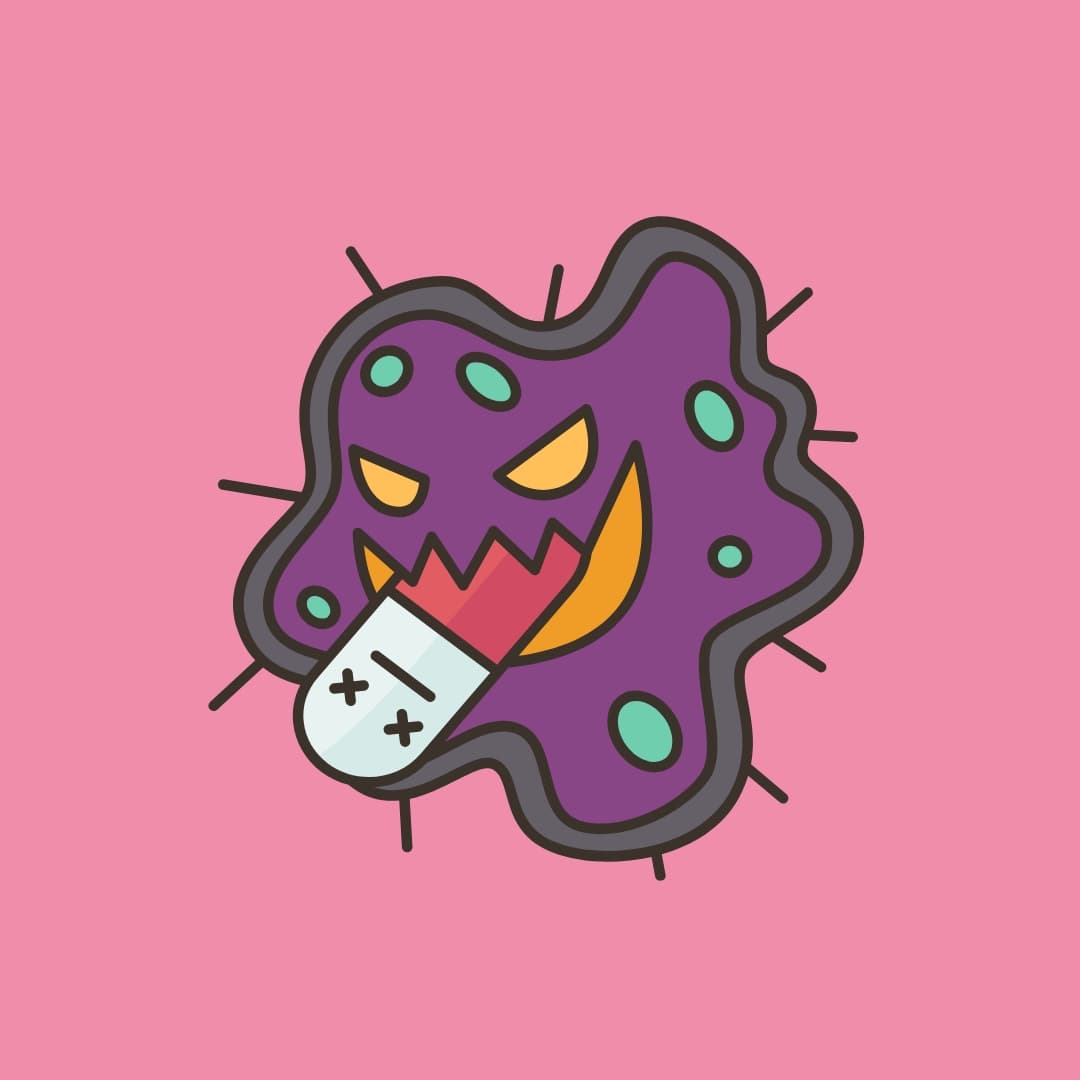The Hidden Cost of Antibiotic Overuse in Shrimp Farming
Shrimp aquaculture is a major industry in India and plays a crucial role in the country’s economy. India is one of the world’s largest shrimp exporters. However, the industry faces serious challenges due to disease outbreaks such as White Spot Syndrome Virus (WSSV) and Acute Hepatopancreatic Necrosis Disease (AHPND). To manage these problems, many farmers turn to antibiotics as a quick solution. While this may seem helpful in the short term, the overuse and misuse of antibiotics has created larger issues for both the industry and public health.
Why Overusing Antibiotics Is Dangerous
Excessive antibiotic use in shrimp farming contributes to the global issue of antimicrobial resistance (AMR). This occurs when bacteria adapt and become resistant to antibiotics, making treatments less effective or even useless. AMR threatens both human and animal health and is considered a major public health crisis worldwide. Furthermore, antibiotic residues can enter surrounding water bodies, harming the environment and spreading resistant bacteria.
Global Trade at Risk
Countries like the U.S., EU, and Japan have strict import regulations. India’s shrimp exports have been rejected due to traces of banned antibiotics, such as nitrofurans, which are linked to serious health risks including cancer. In 2023 alone, the U.S. FDA reported multiple shrimp shipment rejections due to antibiotic violations — causing economic losses and damaging India’s global reputation. Failing to meet international standards can lead to long-term trade restrictions and severely impact farmer livelihoods.
What Is Nitrofuran and Why Is It Banned?
Nitrofuran is a synthetic antibiotic that has been used in livestock and shrimp. It’s banned in many countries because it has been linked to cancer and genetic mutations. Even small residues in shrimp products can result in trade bans, making it a chemical hazard with high consequences.
A Better Way Forward: Farming Without Antibiotics
To move toward safer, antibiotic-free shrimp farming, prevention is more effective than treatment. Here are key practices farmers can adopt:
Conclusion
Antibiotic-free shrimp farming is not only possible — it’s necessary. By following sustainable practices, Indian farmers can reduce their dependence on harmful drugs, protect their farms, and meet international trade standards. The future of shrimp farming depends on responsible practices that support both the environment and long-term business success.



